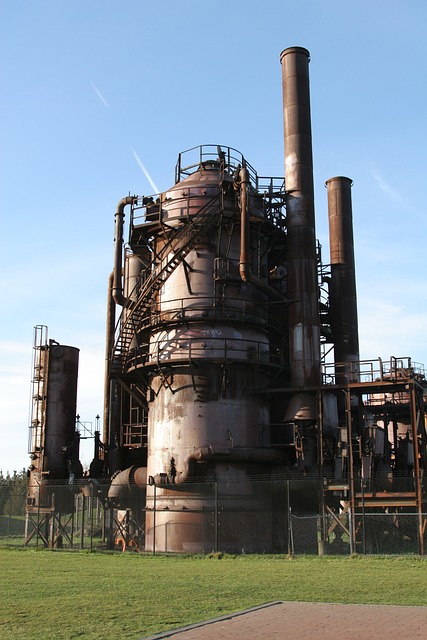The Gas genset market is projected to experience significant growth in 2024, fueled by a combination of environmental pressures, technological advancements, and increased demand for reliable, cost-effective power solutions. Gas gensets, which run on natural gas, biogas, or liquefied petroleum gas (LPG), have become increasingly popular as companies and governments alike seek sustainable alternatives to diesel gensets. With their lower emissions, high efficiency, and increasing affordability, gas gensets are capturing a larger share of the energy generation market across sectors.
Key Factors Driving Growth
- Focus on Cleaner Energy Sources
The drive for lower-carbon solutions in power generation has brought gas gensets into the spotlight. Compared to diesel generators, gas gensets produce fewer carbon emissions, making them attractive for businesses seeking to reduce their environmental footprint. Governments, especially in North America and Europe, are implementing stricter emissions regulations and promoting sustainable energy sources, pushing businesses to transition to greener solutions like gas gensets. Additionally, gas gensets generate less noise pollution, making them suitable for urban environments where noise regulations are increasingly strict. - Growing Demand in Emerging Markets
Emerging economies in regions like Asia-Pacific, Africa, and Latin America are undergoing rapid industrialization, with many businesses requiring reliable backup power solutions to manage frequent grid instability. Gas gensets, which provide a stable power supply with relatively low operating costs, are a popular choice in these areas. As infrastructure for natural gas improves, particularly in countries like India, China, and Brazil, gas gensets are becoming an increasingly viable power source for commercial, industrial, and even residential uses. - Technological Innovations and Cost Efficiency
Advancements in gas genset technology have made these units more efficient and cost-effective than ever before. Modern gas gensets offer improved fuel efficiency, longer lifespans, and enhanced automation features, such as remote monitoring and predictive maintenance. These technological benefits allow businesses to lower operational costs, making gas gensets a cost-competitive option against diesel. Furthermore, the rise of hybrid systems combining gas gensets with renewable sources, like solar, adds flexibility and resilience to power systems, meeting the diverse energy needs of industries like healthcare, telecom, and manufacturing.
Challenges in the Market
While gas gensets present a promising alternative, some challenges could slow market growth. The initial costs of gas gensets remain higher than those of traditional diesel gensets, potentially deterring small and medium-sized enterprises (SMEs) from adoption. Additionally, in regions where access to natural gas is limited, fuel availability issues may hinder the continuous operation of gas gensets. The high cost of natural gas infrastructure and the logistical difficulties of expanding pipelines in remote areas can also act as barriers to market growth.
Future Prospects
Looking ahead, the gas genset market’s prospects remain robust for 2024 and beyond. Increasing government subsidies and support for clean energy projects, alongside the development of hybrid systems, are expected to boost adoption rates. As the infrastructure for natural gas continues to expand, gas gensets will find even greater applications across different sectors, from construction and mining to commercial real estate.
For More Info: – https://www.gmiresearch.com/report/global-gas-genset-generator-market/
In conclusion, the gas genset market in 2024 is set for strong growth driven by the need for reliable, sustainable power solutions. With their blend of efficiency, lower emissions, and technological improvements, gas gensets are positioned to be a key player in the energy transition, meeting the demands of a greener, more resilient future.
